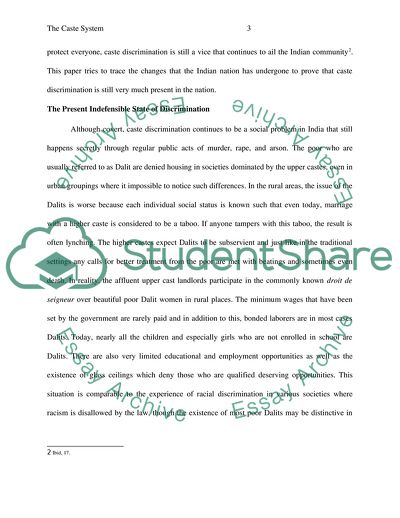Cite this document
(The Caste System in India Today Report Example | Topics and Well Written Essays - 3500 words, n.d.)
The Caste System in India Today Report Example | Topics and Well Written Essays - 3500 words. https://studentshare.org/politics/1813029-caste-system-in-india-today
The Caste System in India Today Report Example | Topics and Well Written Essays - 3500 words. https://studentshare.org/politics/1813029-caste-system-in-india-today
(The Caste System in India Today Report Example | Topics and Well Written Essays - 3500 Words)
The Caste System in India Today Report Example | Topics and Well Written Essays - 3500 Words. https://studentshare.org/politics/1813029-caste-system-in-india-today.
The Caste System in India Today Report Example | Topics and Well Written Essays - 3500 Words. https://studentshare.org/politics/1813029-caste-system-in-india-today.
“The Caste System in India Today Report Example | Topics and Well Written Essays - 3500 Words”. https://studentshare.org/politics/1813029-caste-system-in-india-today.


